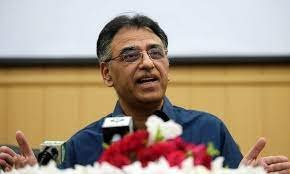Is Dry Food Suitable For Kittens?
Choosing the right food for your kitten is crucial for their health and development. While dry cat food is a popular choice among pet owners for its convenience and affordability, it’s important to see if it meets the specific needs of growing kittens. This article reviews the nutritional requirements of kittens, looks at the benefits … Read more










